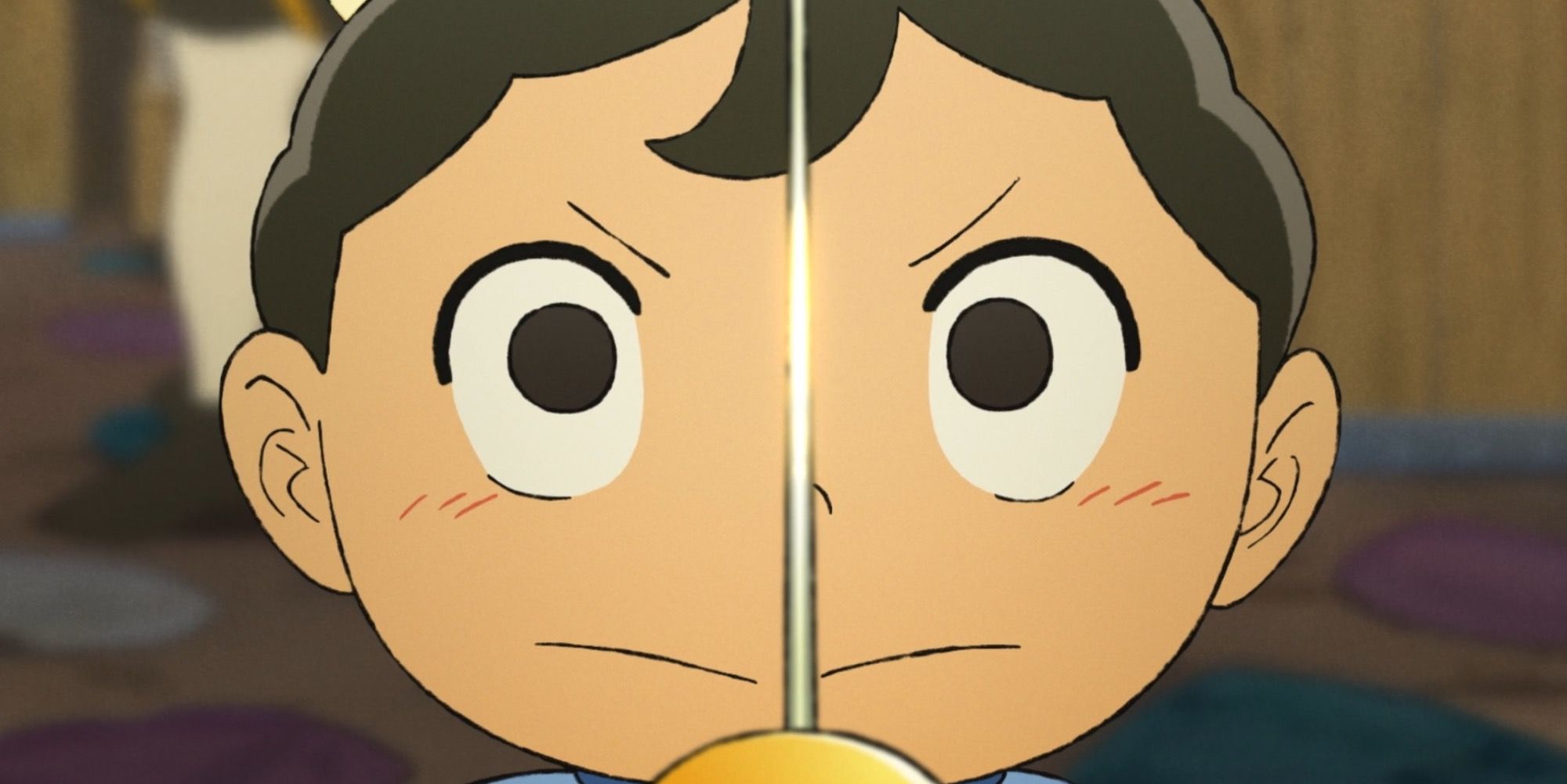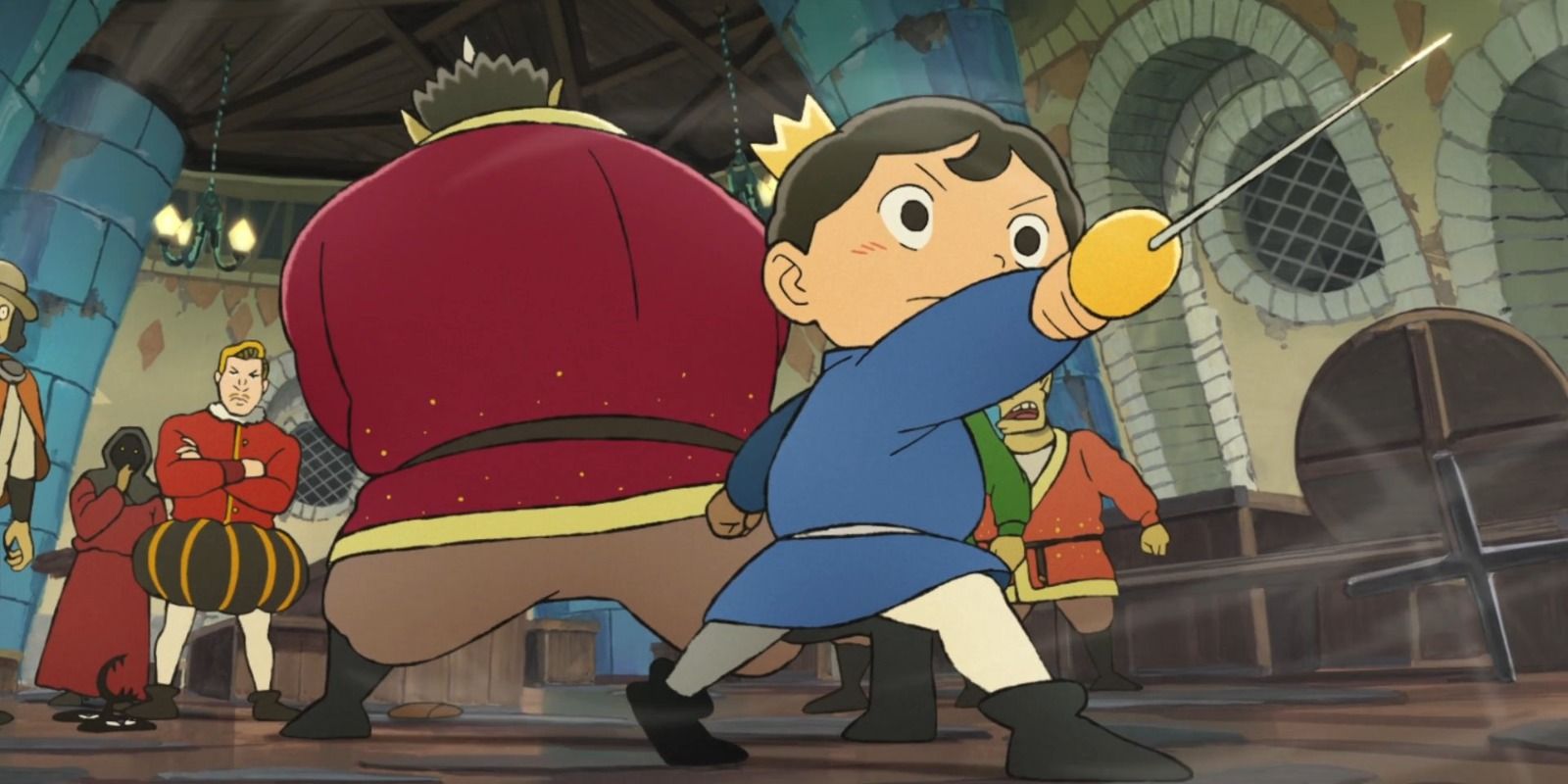WARNING: The following contains spoilers for Ranking of Kings, now streaming on Funimation.
While providing timeless stories in fantastical and imaginative settings, Western fairy tales have also been the source of inspiration for other famous works, including anime and manga. From Princess Tutu to the more recent Belle, fairy tale stories are known for being encouraging and uplifting. However, recycling their popular tropes and archetypes is a common trend. Many titles don't just take inspiration, but rehash the same ideas to the point where some character arcs become predictable and cliché.
Ranking of Kings, though still a fairly new anime, has challenged audience expectations in its run thus far. By incorporating many common fairy tale tropes and subverting them, the anime creates a richer, more original story in the process.
The Cursed Prince
Found in stories like Beauty and the Beast, the 'cursed prince' trope usually features a prince cursed with a powerful magic as either punishment or part of a bargain. This story arc often focuses on a journey to break said curse, and almost always ends with it being lifted for a seemingly satisfying resolution.
In Ranking of Kings, protagonist Prince Bojji is deaf, unable to speak and has an unusually weak body -- traits that are attributed to a powerful curse. However, instead of attempting to break the curse, the story focuses on leveraging what Bojji can do and uplifts his differences.
While having innate speed, Bojji uses this ability to hit the pressure points and pain receptors of his opponents. Instead of trying to rely on brute strength and power, he fights in an incredibly intelligent way that's unique to him and makes the most of his existing abilities without taking away what makes him different.
The Evil Queen/Wicked Stepmother
Queen Hiling is introduced in Ranking of Kings as both the 'evil queen' and Bojji's 'wicked stepmother' -- two archetypes attributed to stories like Snow White. She initially appears to fill these attributes to a T, consistently patronizing Bojji to the point of crushing his spirits while giving her biological son, Prince Daida, unconditional love and support.
While there is no excuse for Hiling's imprudent behavior toward Bojji, later episodes reveal she's a much more complex character with plenty of positive qualities. In a shocking twist, it's revealed that Hiling actually loves Bojji. More than once she is seen using her magic to heal him, keeping him healthy at the expense of her own energy and health.
A flashback sequence shows that before Daida was born, Hiling was very affectionate and motherly toward Bojji, even going to great lengths to understand and bond with him. Despite the missteps in her parenting, Hiling's actions are aiming to protect Bojji from a kingdom that ridicules him.
Sinister Serpents
Fairy tales often paint serpents as a symbol of evil intentions, but both Mitsumata, a large two-headed snake, and Bebin, known as the Snake Master, prove to be more complicated than that generic metaphor. For starters, while Bebin's character design and stature perfectly fit the profile for an antagonistic figure, he's actually deeply loyal to the Kingdom of Bosse and each member of the royal family. For example, he wouldn't accept Kage as Bojji's bodyguard before ensuring he legitimately is the prince's friend, and is completely supportive of Prince Daida becoming King.
Years ago, Mitsumata bore life-threatening injuries before Bojji convinced Hiling to heal it, after which Bebin nursed it back to full health. As such, Mitsumata is loyal to both Bojji and Bebin. In fact, Mitsumata trained Bojji to have incredible speed and taught him to read lip movements. It continues to be good friends with the prince. Additionally, while viewing Bebin as its master, Mitsumata allows Bebin to use its snakes as informants and enforcers to further protect the kingdom.
How Ranking of Kings Reinvents Fairy Tale Tropes
Ranking of Kings dispels prejudice by taking tropes the audience knows and explicitly going against them to compel empathy, understanding and kindness within character archetypes that are typically shallow and viewed under a single lens. This is done wonderfully in the case of Kage, a dark blob part of an infamous clan of assassins, who arguably has the most emotional backstory yet ends up befriending and caring for Bojji.
By doing so, these tropes -- some of which can be found in century-old stories -- now feel refreshing and new. Every character is more than just a single archetype, with deep complexities and many layers waiting to be peeled back. As a result, Ranking of Kings is a better story for challenging these old storytelling methods and continues to do so with each new episode.





